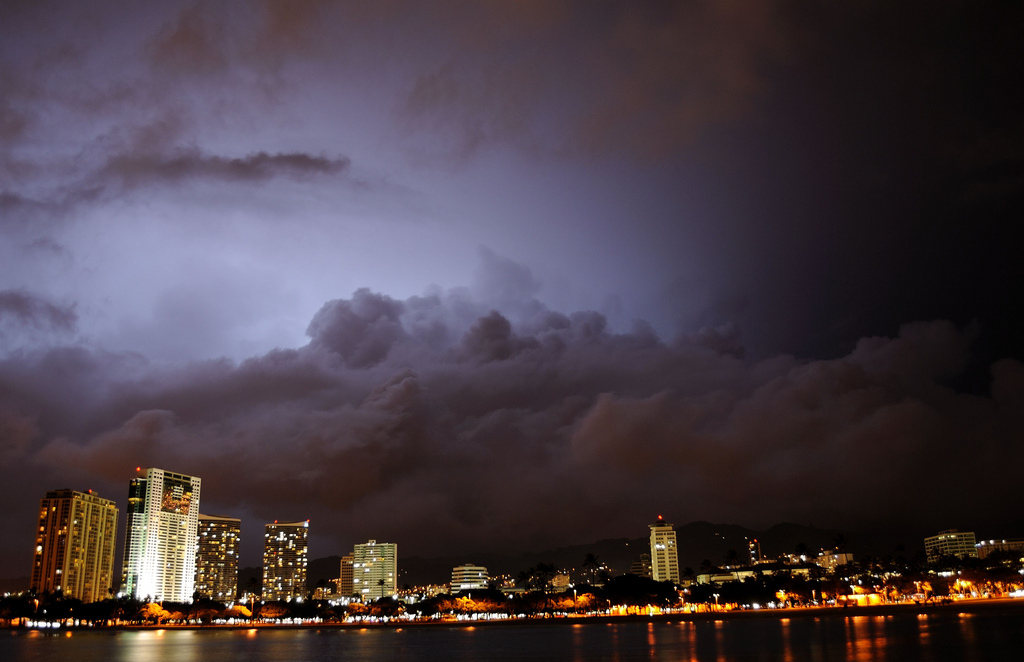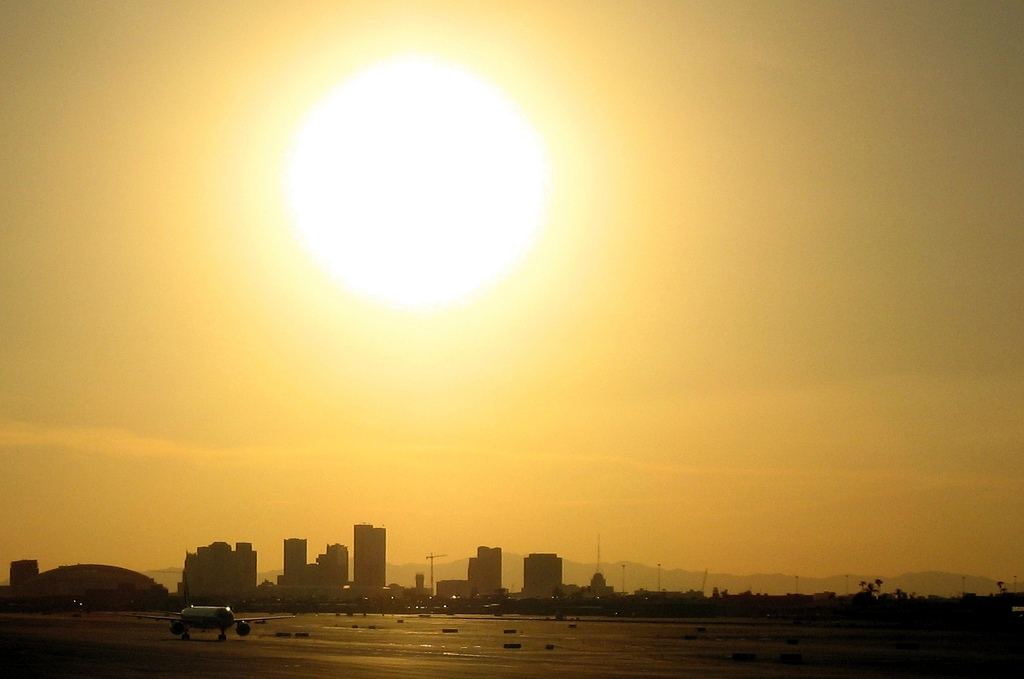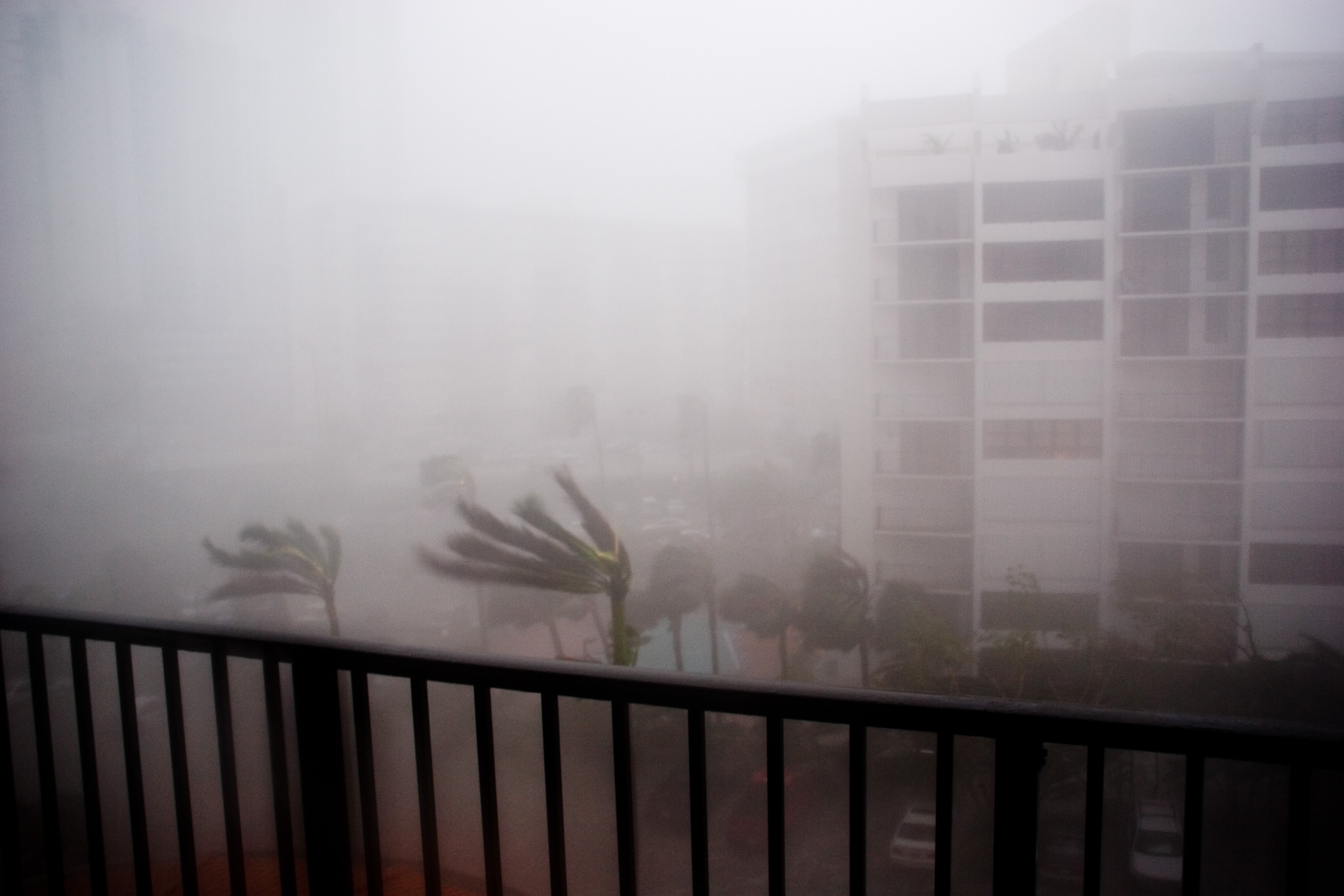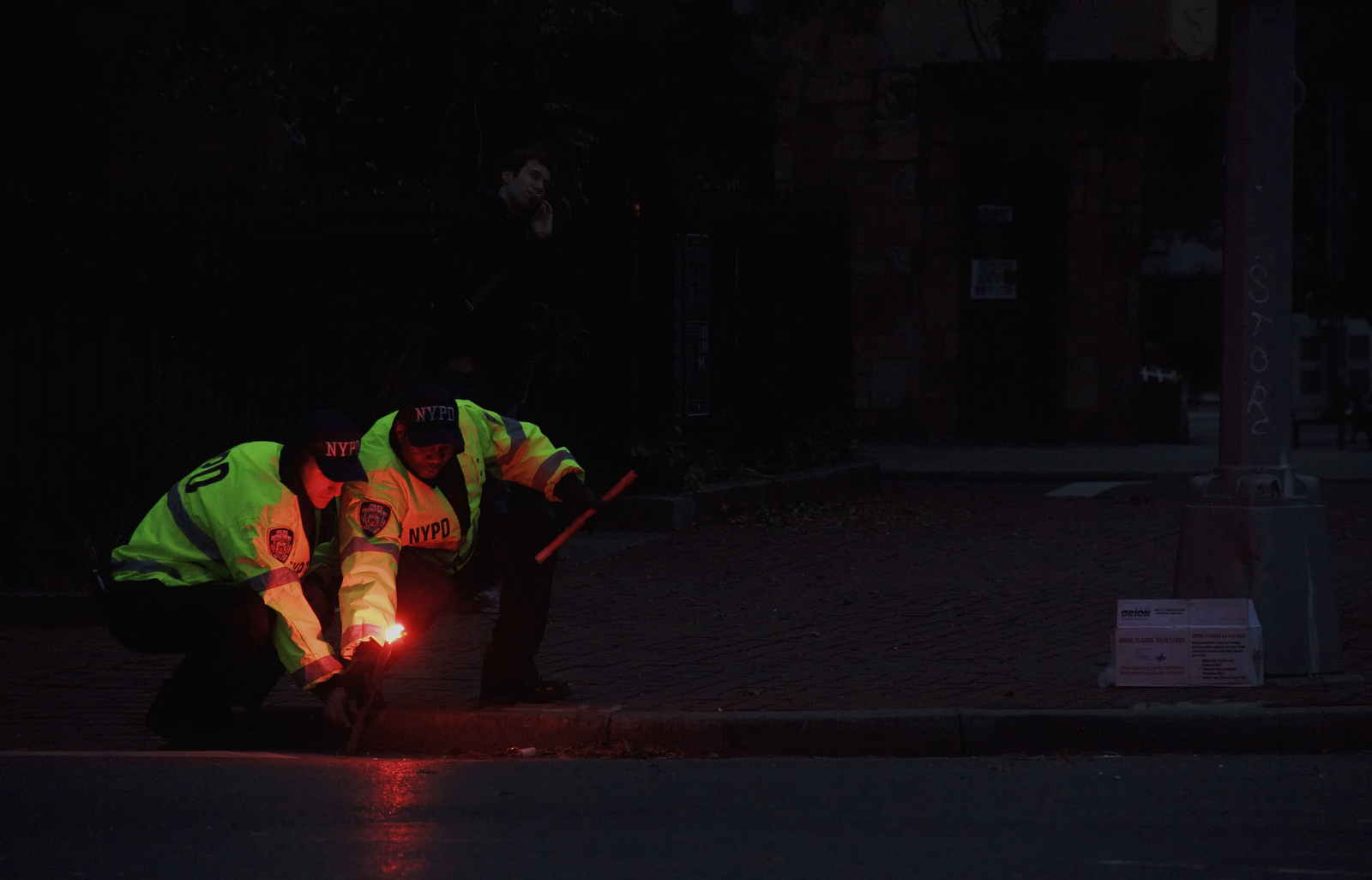Here at Grist, climate change is our bread and melting butter. But this month, we’re feeling especially hot and bothered. As part of our in-depth look at the warming planet, we’ve compiled a list of the U.S. cities that we think will be in the hottest water as the mercury rises — in some cases, up to their foreheads.
A quick note about New Orleans: It’s hard not to include a city that’s already lost so much, but the Big Easy’s new $14.5 billion, state-of-the-art levee system is finally up-and-running just eight short years after Katrina. Some warn that the new system, designed to stop a once-in-a-century storm — the kind that seem to be coming about every other Thursday these days — is already out of date. But it’s better than nothing, especially when compared to the rest of the country, so we’re giving New Orleanians credit as most-improved. That said, here we go!
Phoenix, Ariz.
The founders of Phoenix spotted a particularly dry stretch of desert and thought, “You know what this place could use? Golf courses.” Unfortunately, this town of 4.5 million has been getting hotter by almost a degree a decade since 1961; in 2011 Phoenix had 33 days over 110. In heat like that, air conditioning is a life-and-death issue, and that A/C runs on America’s electric grid. That’s scary enough, but the power on that grid comes from dams on the Colorado River — the same shrinking river that wets Phoenix’s enormous whistle. Then again, Phoenicians named their town after a bird that periodically bursts into flames, so they must have seen this coming.
Louisville, Ky.
The only major American city getting hotter faster than Phoenix is Louisville, where the temperature has risen a sweltering 1.67 degrees per decade since 1961. A big part of Louisville’s problem is the startling lack of trees. Trees shade a mere 10 percent of the urban center, just a quarter of what experts say the town needs. Imagining the Kentucky Derby when it gets too hot for horses is bad enough, but if global warming takes our bourbon, shit gets real.
Honolulu, Hawaii
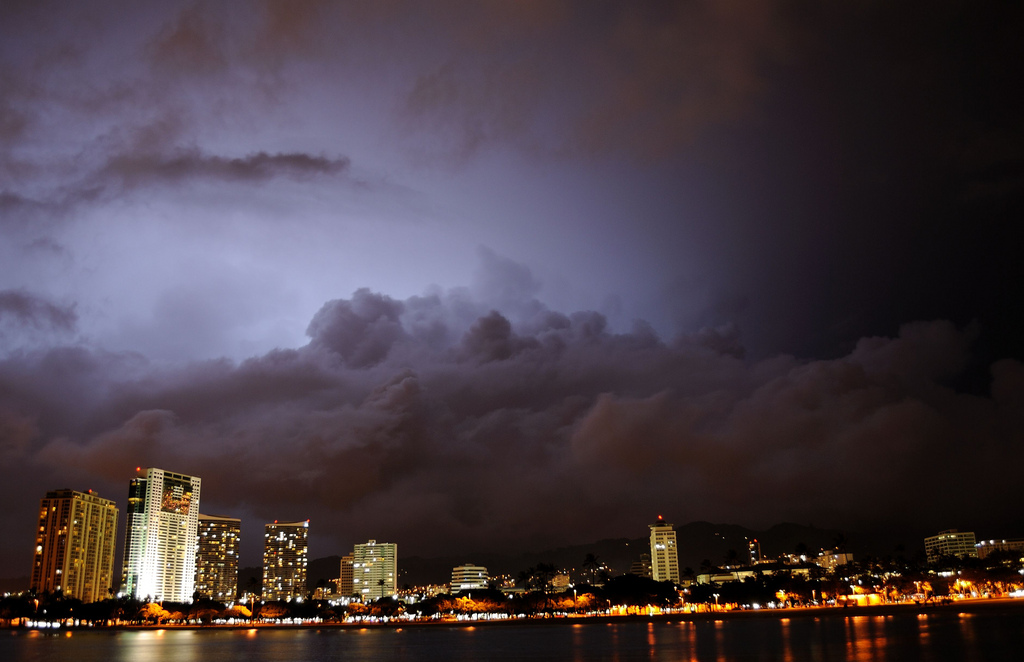
Click to embiggen.Daniel Ramirez
Shocker alert: As sea levels rise around the globe, a tiny island in the middle of the Pacific might not be the ideal place to pitch your beach blanket — and because of the oddities of sea level rise, Honolulu could be looking at even more water than other coastal cities. At least climate models predict fewer typhoons, so that’s good for Honolulu, right? Wrong. The ones that hit will be bigger and last longer (that, I believe, is what she said), and paradise is square in the crosshairs. The only thing hotter than a Hawaiian Tropics sunscreen ad may be the actual Hawaiian Tropics.
Miami, Fla.
Like everywhere else on the Atlantic seaboard, Miami faces stronger and more frequent hurricanes, but that’s just the tip of the melting iceberg. If sea levels rise according to projections, Miami’s aging sewage system will be utterly destroyed, and the city’s famous South Beach neighborhood will be underwater in a few short decades. If Miami Vice were set in the year 2050, Crocket and Tubbs wouldn’t be driving a Ferrari down Ocean Ave. — they’d be rowing it through a heaving sea of human poop. For their sake, I just hope cocaine floats.
Barrow, Alaska

Click to embiggen.U.S. Coast Guard
You wanna talk tough? The Inupiat people have been living in Barrow, one of the most unforgiving parts of the planet, for 1,500 years. Have you seen Thirty Days of Night? They fought off a whole army of vampires — and not the pretty-boy Twilight kind. But climate change is a more frightening enemy. The Arctic is warming faster than the rest of the planet: Barrow’s ice is receding so quickly that the Mythical Northwest Passage has dropped the “Mythical” sobriquet, and traditional native foods are disappearing. The only thing thriving? Scientists, who arrive in droves to study the catastrophe. I wonder if climatologists taste like seal?
San Diego, Calif.
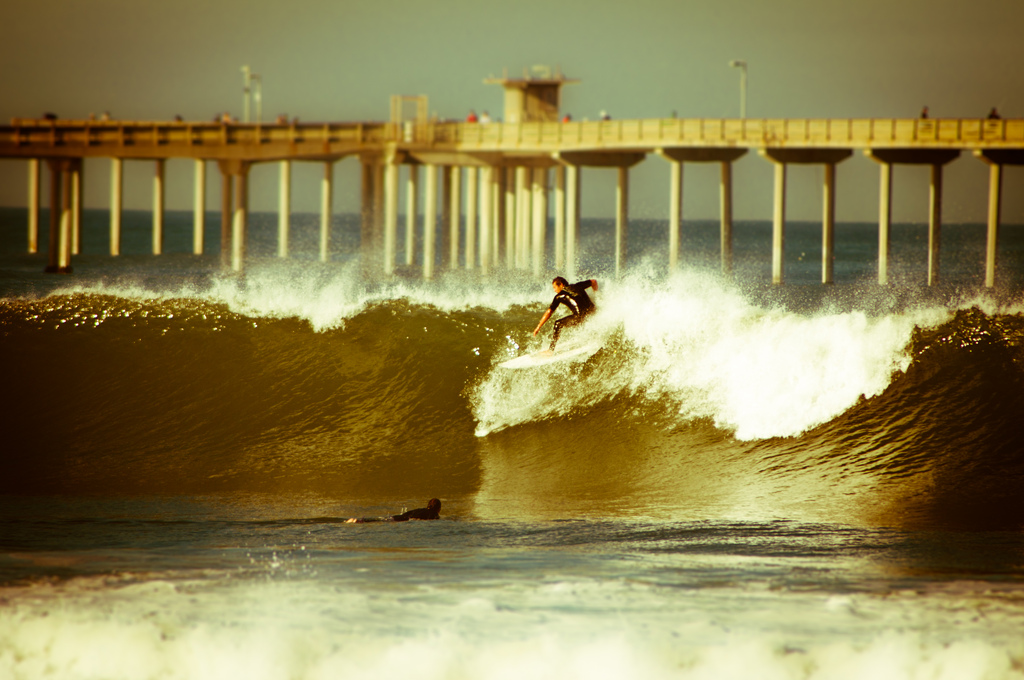
Click to embiggen.Jeff Rivers
You know that giant statue of the sailor kissing a nurse on the San Diego waterfront? Good thing it’s 50 feet tall: They might be able to keep their heads above sea level. San Diego is a Navy town, but Coronado Island, across the water from downtown, will be underwater in most climate change projections. Die hard San Diegans may stay if Coronado goes, but the Navy may jump ship taking with it the 100,000 sailors and marines based there. Here’s hoping the town fathers have some tricks up their sleeves, because visiting Ron Burgundy reenactors won’t be enough to float that economy.
New York, N.Y.
In a 1949 Marvel comic, pointy-eared, sometimes-super-villain Submariner flooded the New York City subways, bringing the city to its knees. In 2012, that villain was Superstorm Sandy. Climate models predict larger and more frequent storms pummeling the Eastern Seaboard, and the world’s capital, built in a marsh over a system of thoughtfully placed tubes, makes it a hurricane playground. A proposed state-of-the-art levee system could save the city from future storms, but the price could be as high as $29 billion. Are we really expecting Congress to cough up $29 billion for climate change? More likely, the hipsters in Greenpoint will have to find some retro snorkels, slap on couture hip-waders, and double-wax their handlebar mustaches against a style-crushing tide.
The Entire State of Texas
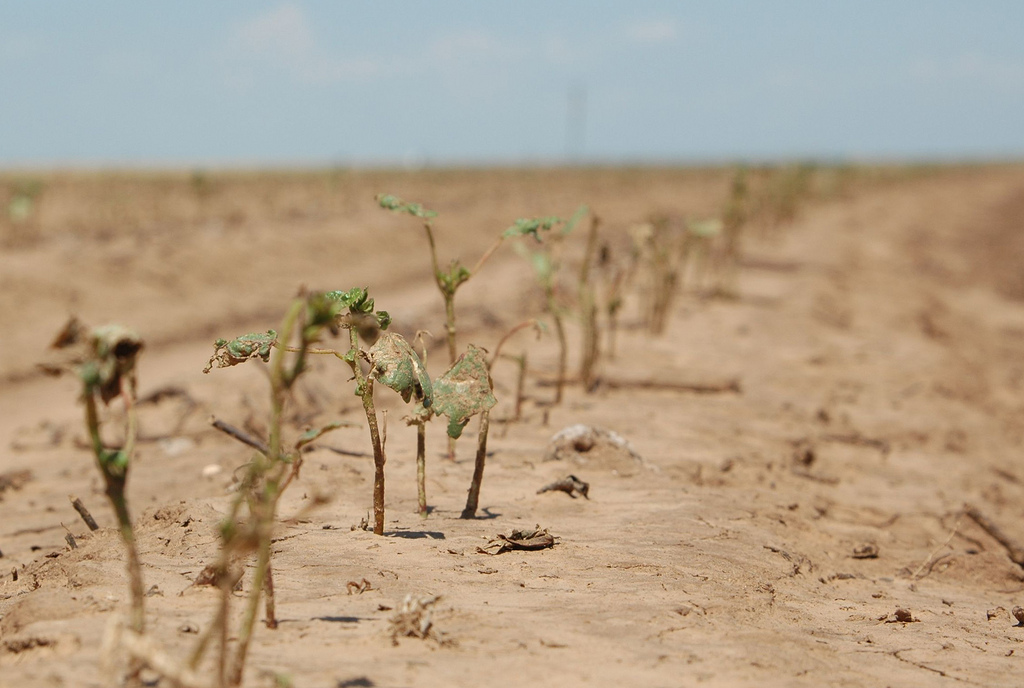
Click to embiggen.agrilifetoday
Devastating droughts caused by rising temperatures have Texans’ ten gallon hats running on just a couple of quarts. Ranchers are struggling statewide, and farmers who once grew melons and cotton are looking to get by on algae. Meanwhile, ever more powerful hurricanes are a growing menace. And then there are the biblical plagues. It’s a veritable perfect storm for perfect storms. Yes, Texas, we know everything is bigger here, but can you build a wall big enough to keep out climate change? Can you shoot a hurricane? If any state could, it would be you, but let’s face it: One way or another, you’re getting messed with, big time.
South Paris, Maine
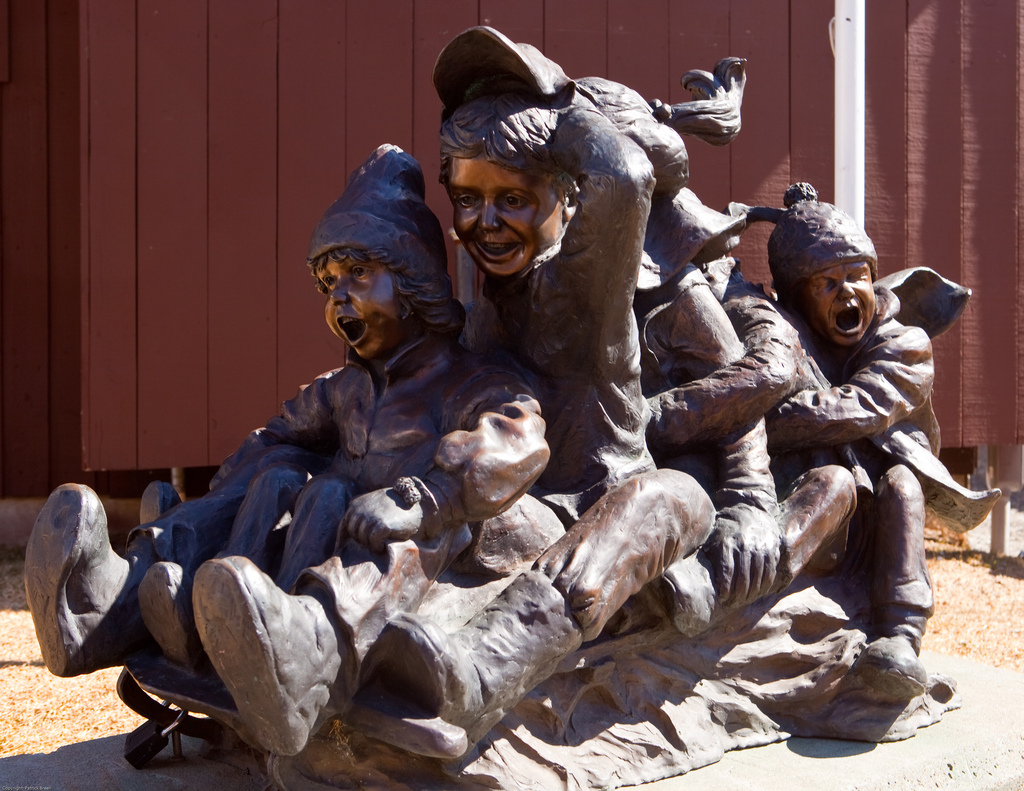
PatrickClick to embiggen.
Climate change would seem to be the last thing South Parisians had to worry about — they already live in South Paris, land of the disappointed tourist (“South Paris? I love buttermilk baguettes, Y’all! Wait, Southwest Maine?”). But South Paris is also home of the company that makes Flexible Flier sleds, and sledding sans snow isn’t nearly as much fun as it sounds. South Parisans might not be too worried about climate change, but as in Findlay, Ohio, where they make winter tires, and Batavia, Ill., where they make snow shovels, business-as-usual will cease to exist, and soon.
Park City, Utah
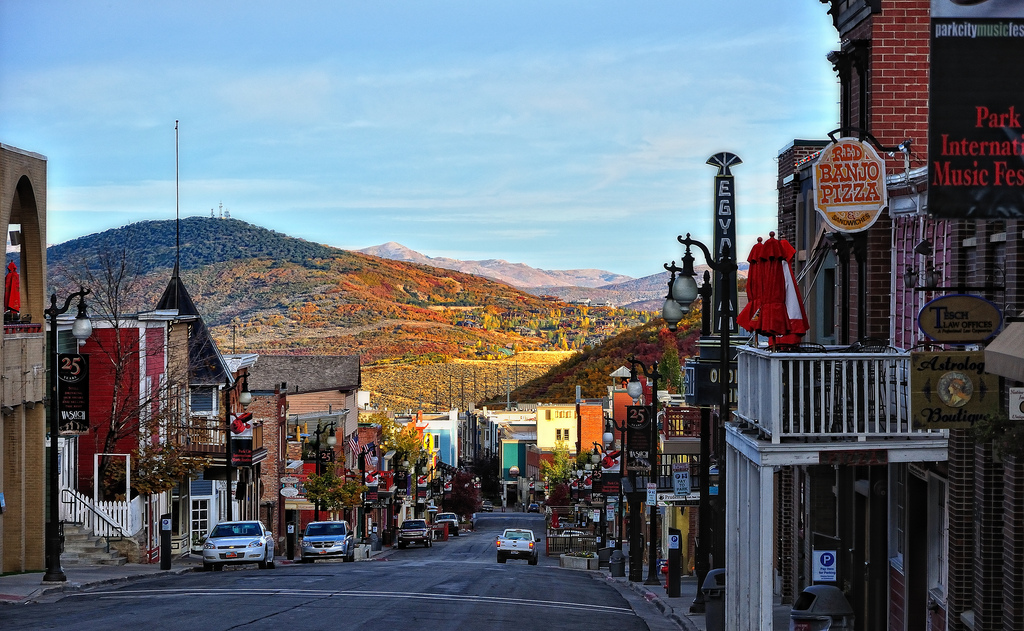
Mark StevensClick to embiggen.
Visitors to Park City should probably prep for disappointment. Climate models predict the complete loss of Park City’s famous snowpack by 2100 — surely a painful notion for a town that once hosted Winter Olympic events. There is hope, though. Maybe tourists will keep coming for the 3.2 beer, or the odd chance of meeting an Osmond. Runners up for this spot include Vail, Colo., which might lose skiing, but will still have I-70, so people can stop by on their way east to Kansas City; and Columbia Falls, Mont., which may need a new motto, as “Gateway to Glacier National Park” loses its spark without the, y’know, glaciers. How does, “Gateway to Columbia Falls Aluminum Company,” look on a bumper sticker?
DON’T MISS: The 10 cities that will be sitting pretty in a warming world.

